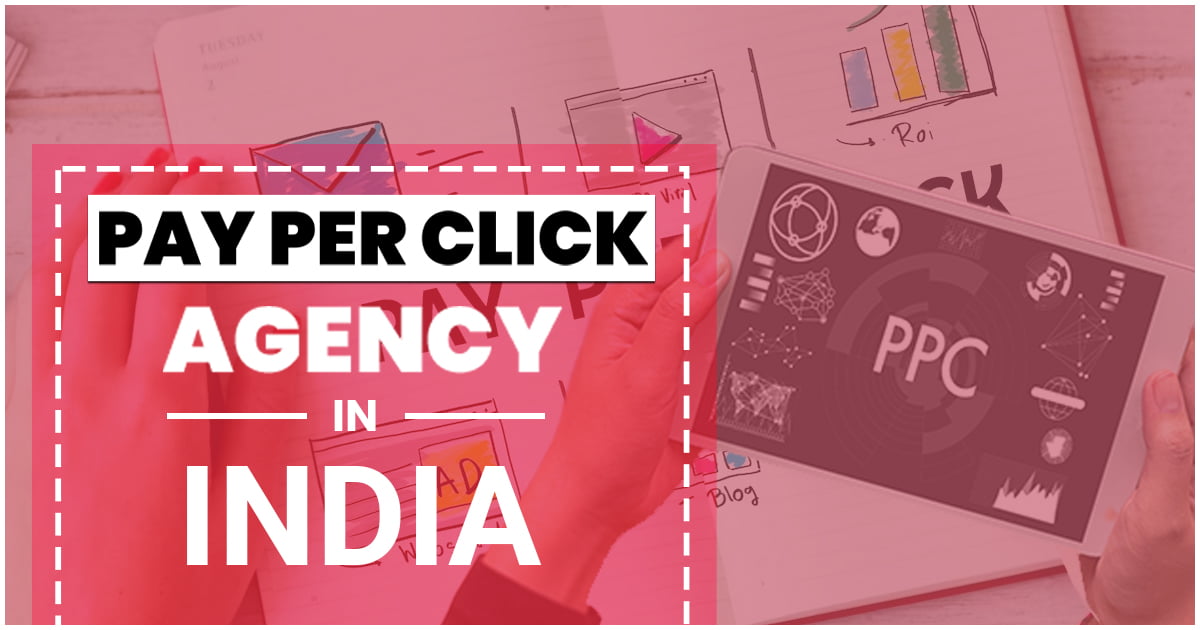The Benefits of Hiring a PPC Agency in India
Pay-per-click or PPC is an advanced Digital Marketing mechanism that allows businesses to publish paid advertisements. Various PPC Agency in India can help businesses grow their customer base by displaying attractive and interactive promotions. The most common form of paid advertisement is through Google Search Engine, such as Google Ads. Here, the advertiser bids on […]




